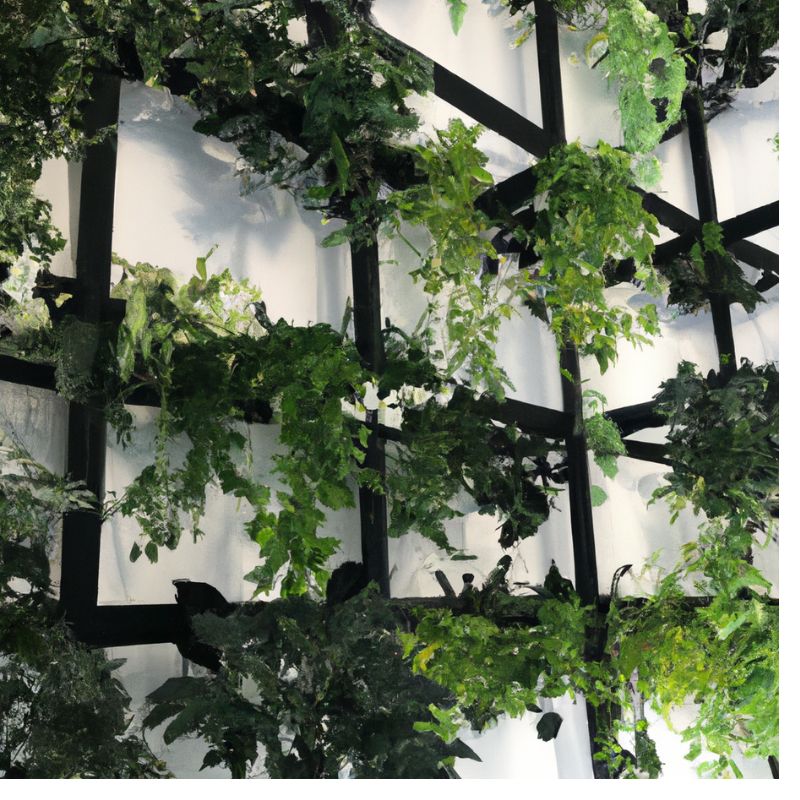Indoor plant trellises are a versatile and stylish addition to any home, providing support for climbing plants while adding a touch of greenery to your living space. Whether you’re a seasoned plant enthusiast or just starting your indoor garden, understanding the basics of indoor plant trellises can help you create a lush and vibrant environment.
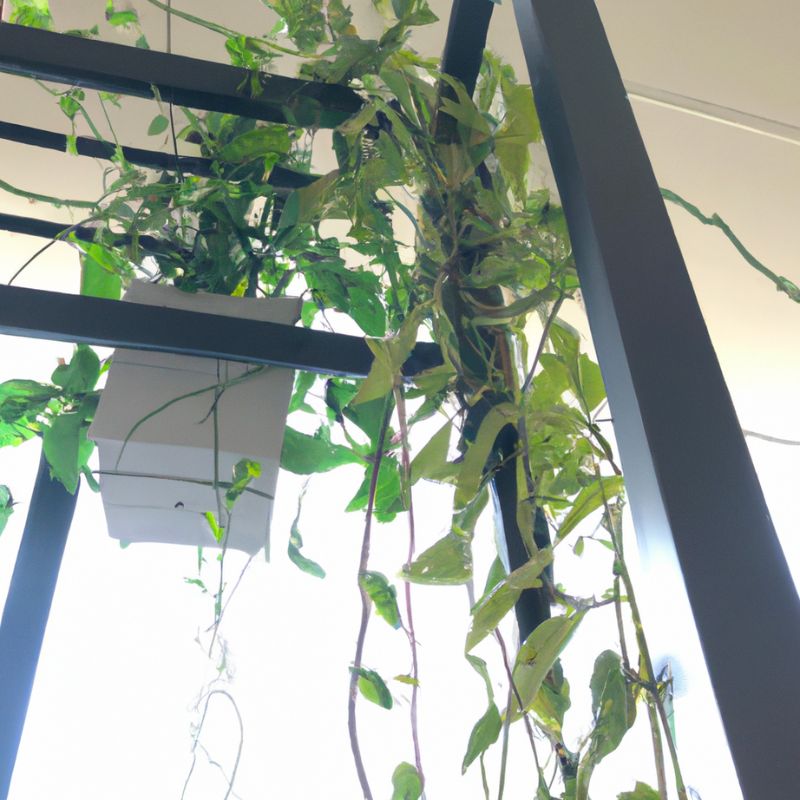
What is an Indoor Plant Trellis?
An indoor plant trellis is a structure designed to support climbing plants, allowing them to grow upwards rather than spreading out horizontally. This not only saves space but also adds a vertical element to your indoor garden, making it an excellent choice for small apartments or rooms with limited floor space. Trellises can be made from various materials, including wood, metal, and plastic, each offering different aesthetic and functional benefits.
The primary function of a trellis is to provide support for plants that naturally climb or spread, such as ivy, pothos, and certain types of philodendrons. By training these plants to grow vertically, you can create a stunning green wall or a focal point in your home that draws the eye upwards.
Benefits of Using a Trellis for Indoor Plants
Using a trellis for indoor plants comes with several benefits beyond the obvious aesthetic appeal. Firstly, it helps manage plant growth by providing a structured path for vines and tendrils, preventing them from becoming tangled or overwhelming other plants. This is particularly useful in small spaces where managing plant growth can be challenging.
Secondly, a trellis can improve air circulation around the plant, reducing the risk of fungal diseases and promoting healthier growth. By elevating the foliage, you also reduce the likelihood of pests that thrive in moist, dark environments.
Moreover, trellises can enhance the overall ambiance of your home. They create a dynamic and engaging visual display, adding depth and interest to your decor. Whether you prefer a minimalist design or a more elaborate setup, a trellis can be customized to fit your style and space.
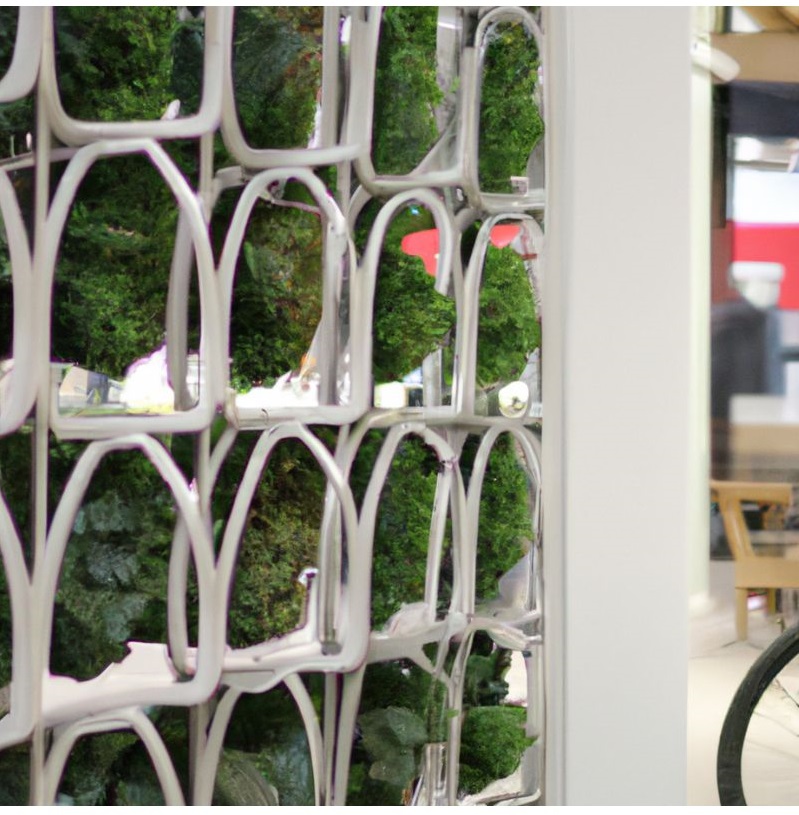
Different Types of Trellises Suitable for Indoor Use
There are several types of trellises that work well indoors, each with its own unique characteristics. The most common types include:
- Freestanding Trellises: These are ideal for larger plants that require substantial support. Freestanding trellises can be placed in pots or planters and are often made from sturdy materials like wood or metal.
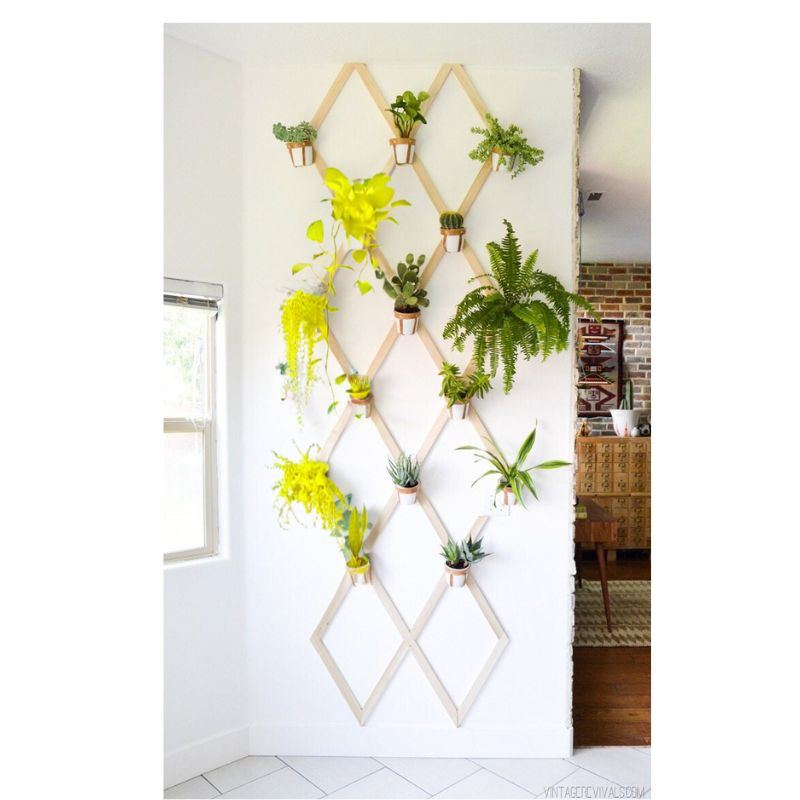
- Wall-Mounted Trellises: Perfect for creating vertical gardens, wall-mounted trellises attach directly to the wall and are great for small spaces. They can be made from a variety of materials, including wire, wood, or plastic.
- Lattice Trellises: Lattice designs provide a grid-like structure that plants can easily climb. These are versatile and can be used as both freestanding and wall-mounted trellises.
- Obelisk Trellises: Shaped like a tall, narrow pyramid, obelisk trellises are both functional and decorative. They add a touch of elegance to any indoor garden and are perfect for showcasing climbing plants.
DIY Indoor Plant Trellis Ideas
Creating your own indoor plant trellis can be a fun and rewarding project. Not only does it allow you to customize the design to fit your space and style, but it also gives you the satisfaction of crafting something with your own hands. Here are some DIY trellis ideas to get you started.
Wooden Trellis
A simple wooden trellis is easy to make and can be tailored to fit any pot size. Start by gathering thin wooden dowels or sticks, a saw, wood glue, and twine. Cut the dowels to your desired height and width, then arrange them in a grid pattern. Secure the joints with wood glue and reinforce them with twine for added stability. Once the glue is dry, place the trellis in your pot and train your plant to climb.
Recycled Material Trellis
For an eco-friendly option, consider using recycled materials to create a unique trellis. Old picture frames, wire hangers, or even an unused ladder can be repurposed into a functional and stylish plant support. Clean the materials thoroughly and assemble them into a structure that suits your needs. Not only will you be helping the environment, but you’ll also have a one-of-a-kind piece for your home.
Minimalist Wire Trellis
A minimalist wire trellis is perfect for small spaces and modern interiors. You will need some sturdy wire, wire cutters, and a pot with a plant. Cut the wire to your desired length and shape it into a simple geometric design, such as a triangle or diamond. Insert the ends of the wire into the potting soil, making sure it’s secure. This type of trellis is unobtrusive and allows the plant to be the focal point.
Top Indoor Plants That Thrive on a Trellis
Choosing the right plants for your indoor trellis is crucial for creating a thriving vertical garden. Here are some of the best indoor climbing plants that will flourish with the support of a trellis.
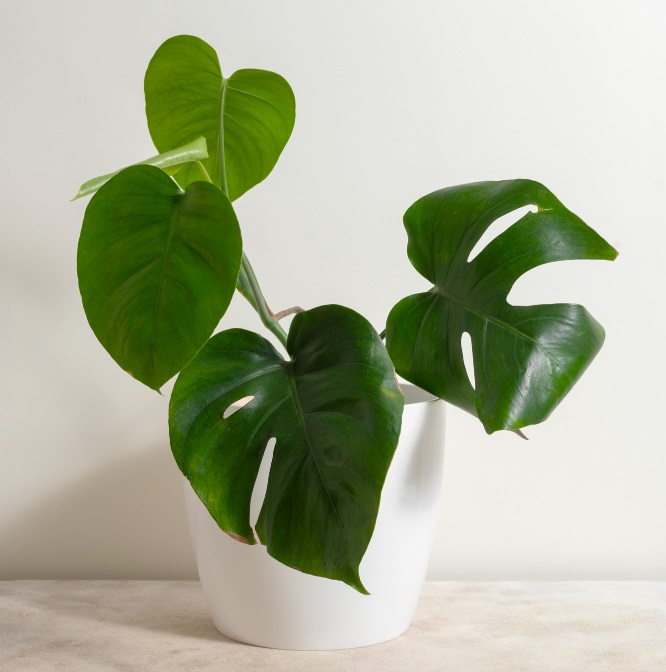
Pothos (Epipremnum aureum)
Pothos is a popular choice for indoor gardens due to its hardiness and low maintenance requirements. It has attractive, heart-shaped leaves that come in various shades of green, often variegated with white or yellow. Pothos grows quickly and can be easily trained to climb a trellis, making it a great option for beginners.
English Ivy (Hedera helix)
English ivy is known for its fast growth and ability to adapt to different light conditions. Its lush, evergreen leaves make it an excellent choice for adding greenery to any room. Ivy can be trained to climb almost any type of trellis, and with regular pruning, it can be kept in check and shaped to your liking.
Philodendron
There are many varieties of philodendrons, but the climbing types, such as the heartleaf philodendron (Philodendron hederaceum), are perfect for trellises. These plants have long, trailing vines that can be directed to climb a support structure. Philodendrons are also low maintenance and can tolerate low light, making them ideal for indoor environments.
Monstera Adansonii
Also known as the Swiss cheese plant, Monstera adansonii is famous for its unique, perforated leaves. This plant loves to climb and will thrive on a sturdy trellis. It prefers bright, indirect light and regular watering, but it can also tolerate lower light conditions.
Decorating with Indoor Plant Trellises
Indoor plant trellises are not just functional; they can also be a beautiful addition to your home decor. Here are some ideas for incorporating trellises into your interior design.
Styling Tips for Different Rooms
In the living room, a tall freestanding trellis with a climbing plant can serve as a striking focal point. Place it near a window where it can get plenty of natural light. For the kitchen, consider a wall-mounted trellis with herbs like climbing rosemary or oregano. Not only will it look great, but it will also provide you with fresh herbs for cooking.
In the bedroom, a minimalist wire trellis with a pothos or philodendron can add a touch of nature without overwhelming the space. Choose a corner or a spot near the bed where the plant can receive indirect light. For bathrooms, where humidity is often higher, a climbing ivy or philodendron on a trellis can thrive and add a refreshing green element.
Creative Ways to Use Trellises
Trellises can be used in a variety of creative ways beyond supporting climbing plants. For instance, you can use a trellis as a room divider, creating a green wall that separates different areas of a room. This is particularly useful in open-plan living spaces where you want to define specific zones without blocking light.
Another idea is to use a trellis as a headboard for your bed. A tall, lattice-style trellis with a climbing plant can create a unique and natural backdrop for your sleeping area. You can also hang small pots or planters from a wall-mounted trellis, creating a vertical garden that maximizes space and adds visual interest.
Seasonal Decoration Ideas
Indoor plant trellises can be decorated according to the seasons to keep your home looking fresh and festive. In spring, adorn your trellis with colorful, blooming flowers like orchids or small, potted annuals. For summer, consider adding fairy lights or string lights to your trellis for a warm, inviting glow in the evenings.
In autumn, you can decorate your trellis with small pumpkins, gourds, and dried leaves to create a cozy, fall-inspired look. For winter, add holiday decorations like ornaments, ribbons, and even a few strands of tinsel. These seasonal touches can transform your indoor plant trellis into a versatile and ever-changing feature of your home.
Conclusion
Indoor plant trellises offer a multitude of benefits, from supporting plant growth to enhancing your home decor. Whether you choose to buy a ready-made trellis or create your own DIY version, there are endless possibilities for incorporating these structures into your indoor garden. By selecting the right plants and styling your trellis to suit your space, you can create a beautiful and thriving vertical garden that brings nature into your home.


